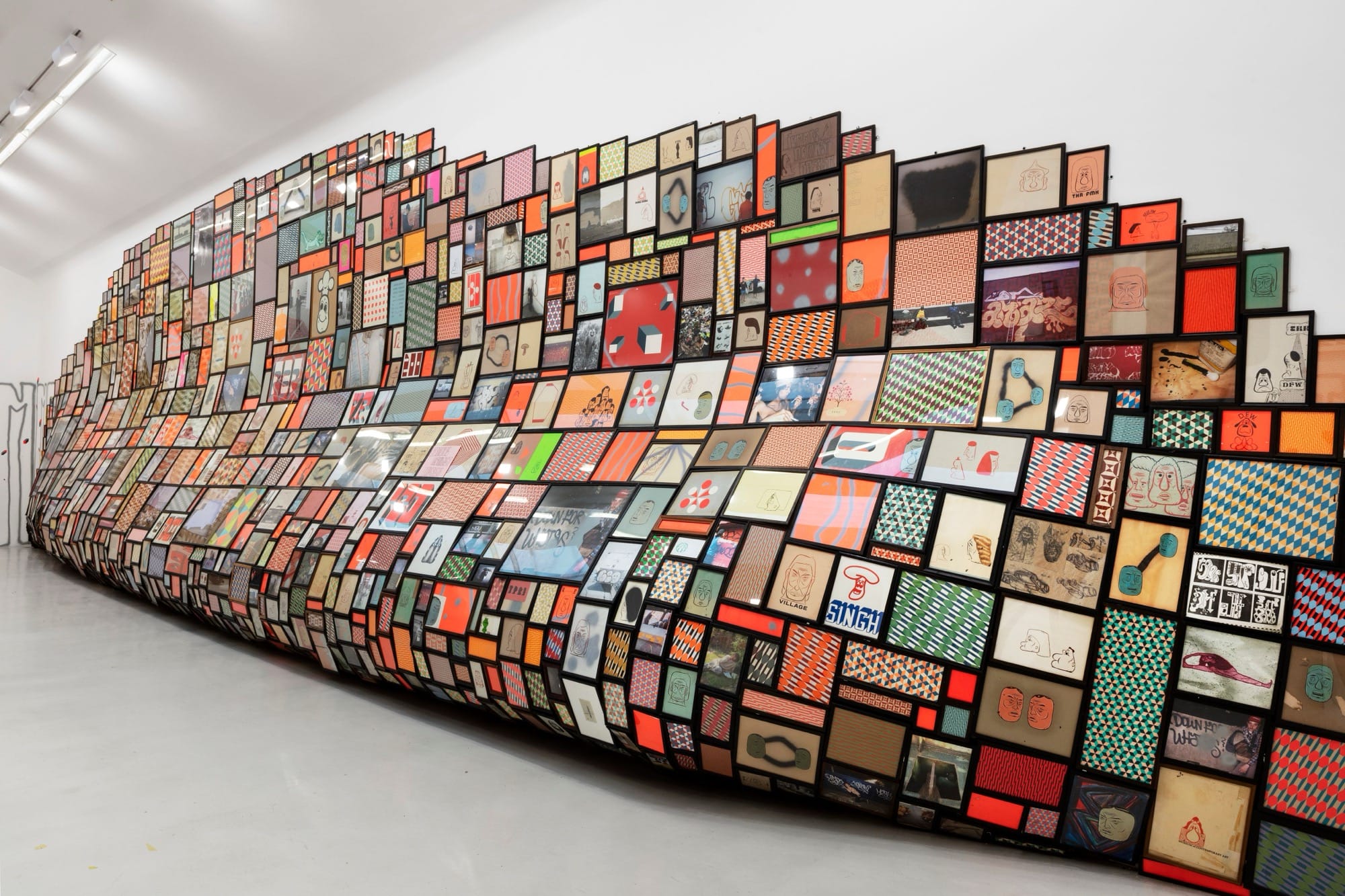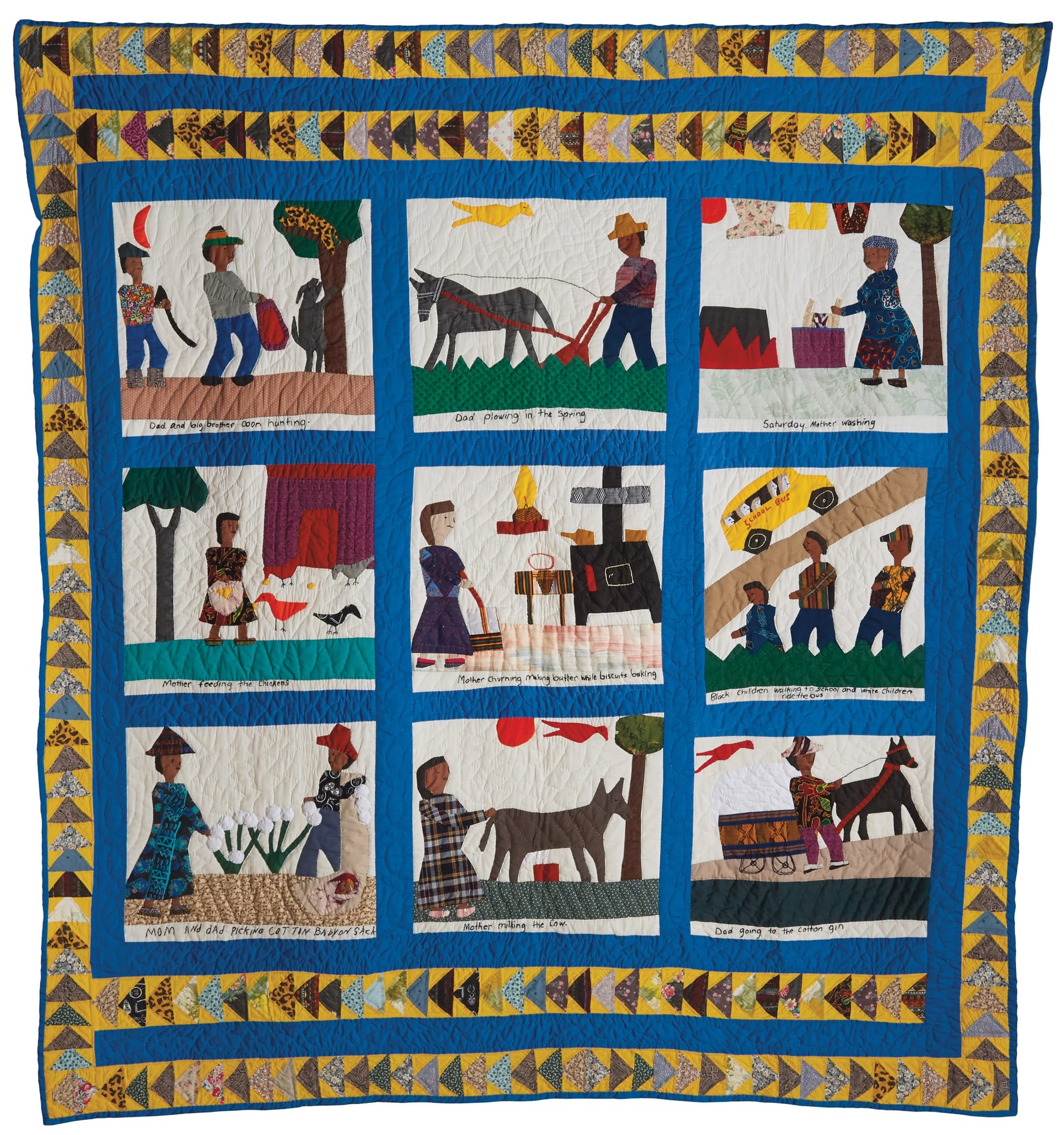“Barry McGee lives in San Francisco—he was born there and he lives there,” critic and curator Richard Leydier opens in an essay accompanying the artist’s current solo exhibition, I’m Listening, at Perrotin. “This fact is important because his art would be profoundly different had he chosen to move to another American city.”
McGee draws inspiration from the West Coast subculture he grew up within, surrounded by skaters, surfers, and street artists. He has long been interested in marginalized communities, societal outcasts, and those seen as subversive.

The artist is a key figure of the Mission School, which emerged in the early 1990s through the work of a number of artists who were connected to the now-defunct San Francisco Art Institute. Other influential artists include Margaret Kilgallen (1967-2001), Ruby Neri, Claire Rojas, and more, all of whom explore the intersections between urban realism, graffiti, American folk art, and “lowbrow” aesthetics undergirded by social activism.
McGee adopted monikers like “Twist” and “Lydia Fong” in his own graffiti writing and also explored painting and printmaking, which he still taps into in his expansive, multidisciplinary practice. He explores “dynamic panel assemblages, complex patterns reminiscent of op art, and immersive installations that explore the human condition,” the gallery says.
I’m Listening erupts with color, pattern, and texture through a bounty of sculptures, paintings, prints, and assemblages that reimagine everyday objects. Surfboards are cloaked in optical geometric patterns in acrylic paint, and McGee’s signature grimacing, cartoonish faces appear on collages or in place of labels on glass bottles.
“I focus on everything that is shitty on our little planet right now,” McGee says. Expressions of disgust or surprise are paired with playfulness, though. He adds, “I also celebrate all these incredible things that humans invent to stay positive and healthy.” I’m Listening continues through May 24 in Paris.






















